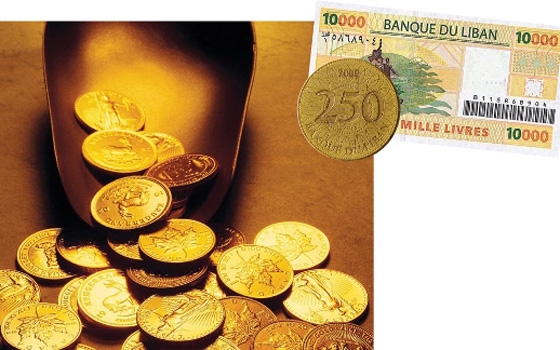The International Monetary Fund (IMF) issued its latest edition of the World Economic Outlook in which it revised slightly downward Lebanon's real GDP growth for 2012 and 2013 while maintaining the same rate for 2014. Accordingly, the country’s economic activity grew by 1.5% in real terms in 2012 compared with a previous forecast of 2.0%. It would increase by 2.0% in 2013 (previously 2.5%) and by 4.0% in 2014 (unchanged from the October 2012 World Economic Outlook edition).
According to the IMF, downside risks remain elevated for oil importers, largely as the result of domestic and regional political instability and social unrest. Several governments in the region are transitional, and continued political instability could further delay policy action to maintain macroeconomic stability and aid the recovery. In addition, there is a risk that the conflict in Syria could mean more complications for neighboring countries such as Jordan and Lebanon. The latest forecasts showed that oil importers would post a real GDP growth of 2.7% in 2013 against 1.9% in 2012.
With regards to other economic data on Lebanon, the Fund estimated that the country’s nominal GDP rose from US$ 39.0 billion in 2011 to US$ 41.3 billion in 2012 (against US$ 41.8 billion in the previous edition). It would reach US$ 43.8 billion in 2013 (US$ 44.4 billion previously) and US$ 46.7 billion in 2014 (US$ 47.1 billion previously). Lebanon’s GDP per capita estimates stood at US$ 9,856 in 2011, US$ 10,311 in 2012, US$ 10,793 in 2013 and US$ 11,348 in 2014.
Pertaining to the average inflation rate, that of 2011 remained unchanged at 4.985% while those of 2012, 2013 and 2014 were revised slightly upward. For 2012, it is estimated to have reached 6.573% compared with 6.508% in the previous edition. It would attain 6.659% and 2.393% in 2013 and 2014 against previous expectations of 5.664% and 1.998%, respectively.
Ifpinfo
28 April






































































